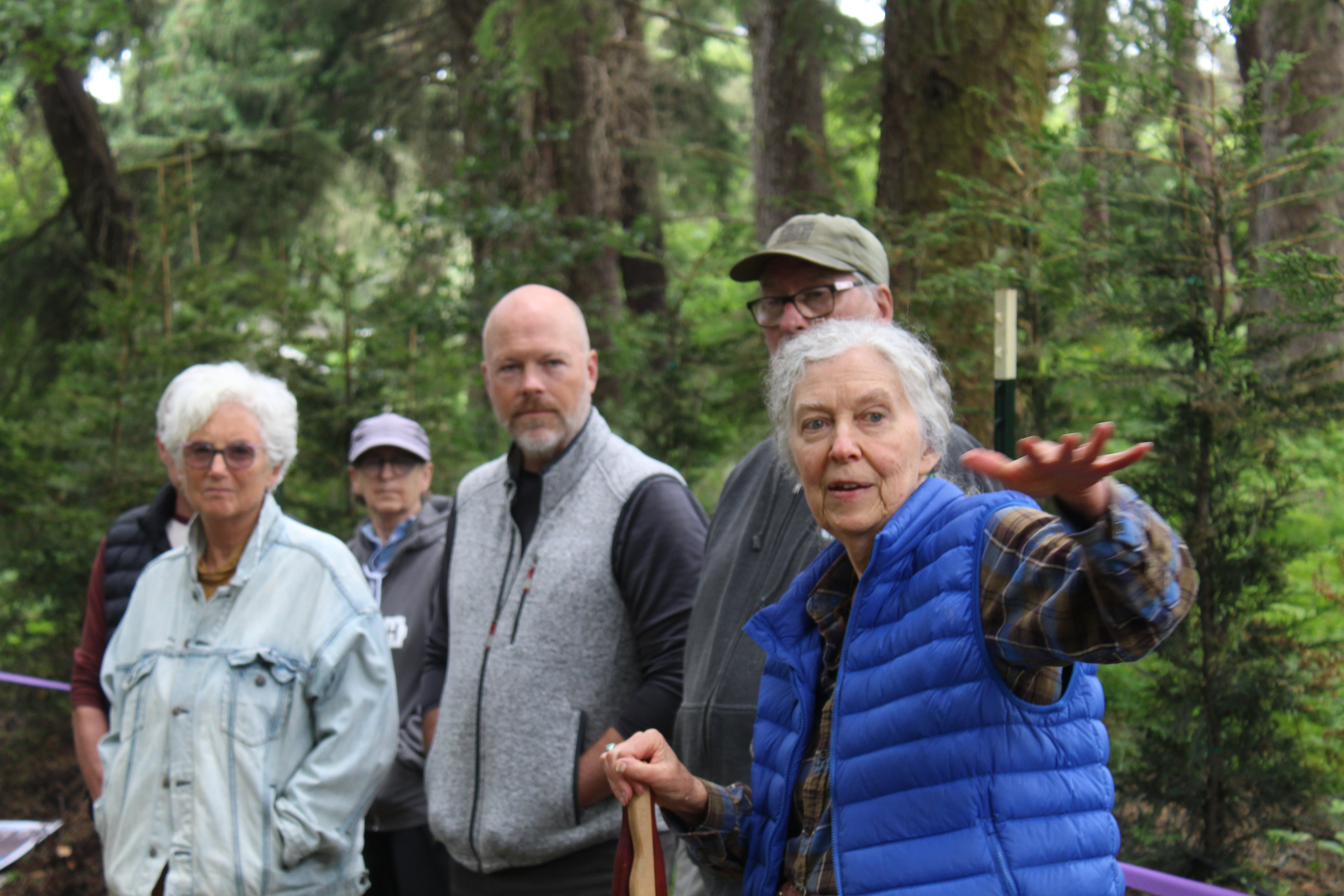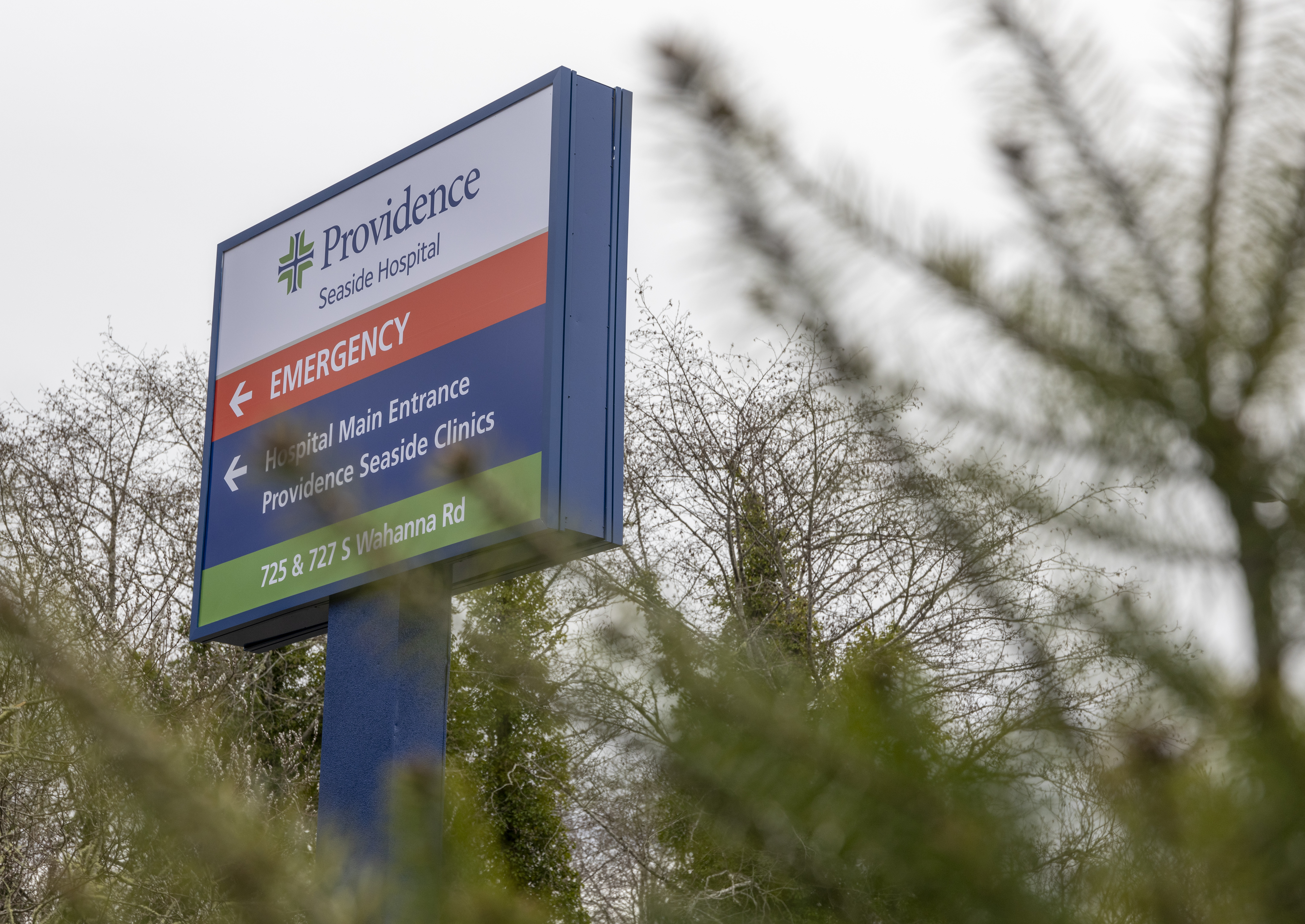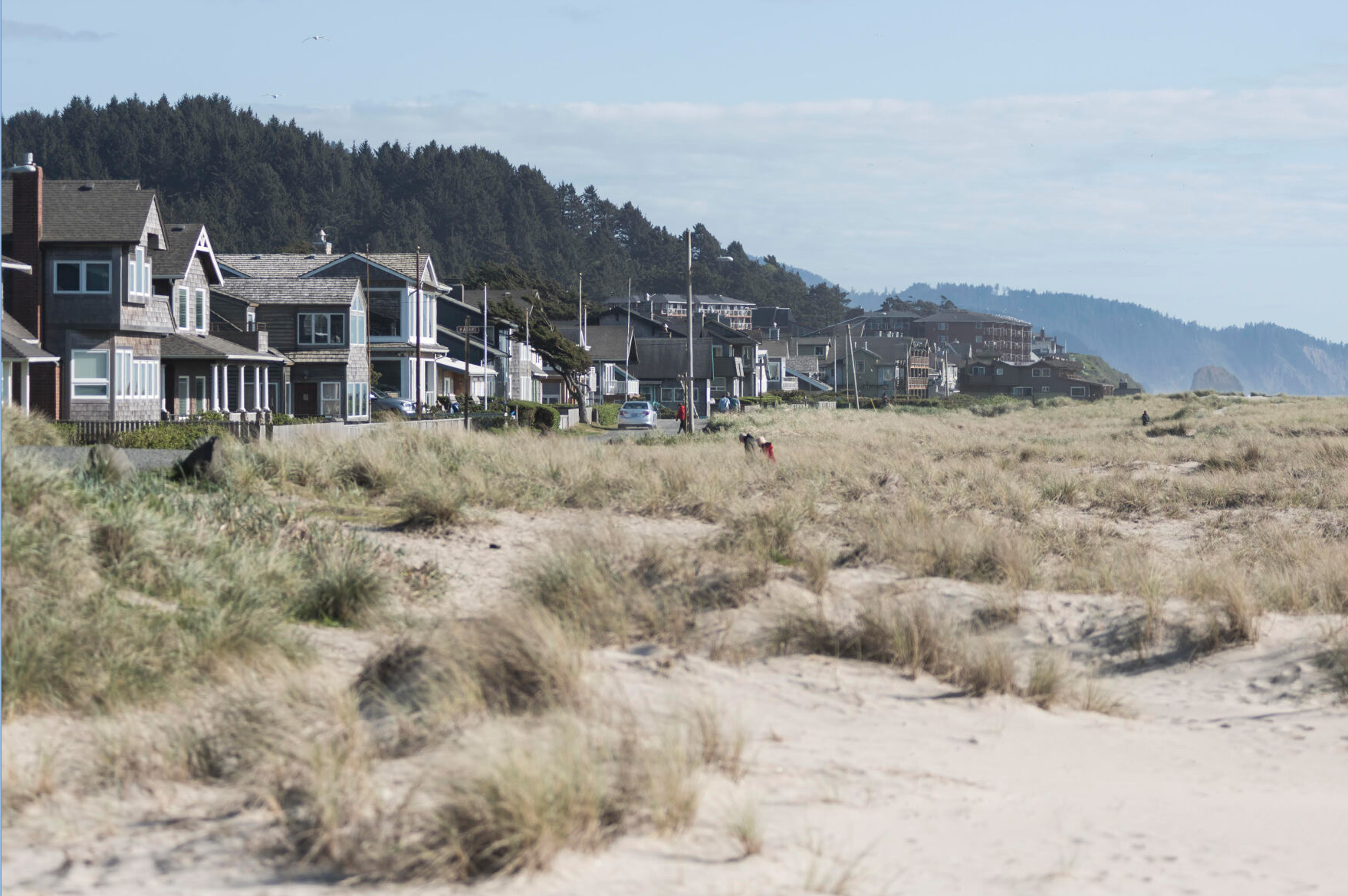Water Under the Bridge: Nov. 19, 2024
Published 12:15 am Tuesday, November 19, 2024

- 1974 — “Signs of life” abound out at Ernie Manula’s float house, but they’ll soon be gone. The old John Day sign painter is retiring and moving across the Columbia to a relative’s place on the Long Beach Peninsula.
10 years ago this week — 2014
COLUMBIA RIVER — Commercial fishermen say fish disappeared off the line as they drew in their nets, vanishing down the throats of sea lions at the start of the spring season on the Columbia River.
Now, preliminary research by NOAA Fisheries shows nearly half — approximately 45%, or 99,000 adult fish — of spring Chinook salmon entering the mouth of the Columbia River this spring went missing somewhere between river mile 28 and Bonneville Dam.
Among the “missing” fish were federally protected wild upper Columbia spring Chinook and Snake River spring/summer Chinook.
At the top of the suspect list are the growing number of sea lions and seals in the estuary.
The evidence is still circumstantial, according to the Northwest Power and Conservation Council. But pinnipeds have long been an issue on the Oregon side of the river where sea lions have crowded Astoria’s East Mooring Basin, hauling out a dozen at a time, blocking walkways and filling the air with their deafening barks and bellows.
When looking at Astoria’s water rate, lower than St. Helens and Scappoose, thank your fish and beer.
Rising commercial water use in Astoria, an industrial lion’s share from fish processors and a growing amount from craft breweries, has held down overall rates for residences and businesses in recent years.
“Every million gallons more that comes in on the industrial side takes pressure off the rates on the residential side,” said Ken Cook, director of public works.
Cook and the city’s Public Works Department face balancing their budget each year, That balance comes from rate increases on users or new revenues, which it’s had plenty of, with seafood strong and three new breweries starting in the past decade.
Water usage in Astoria grew 16% from 463 million gallons in 2010 to 537 million gallons in 2013, mostly because of seafood processors and a small, albeit threefold, increase in brewery water usage.
SEASIDE — A piece of wood interspersed with iron recently discovered by three friends on the beach has brought along with it a lot of interest, intrigue and questions.
Seaside residents Ben Hidy, Travis Trapani and J.J. Purcell found what they believe is a piece of an old ship on the Seaside beach near Avenue L on Nov. 14.
They discovered it using basic metal detectors while out hunting for more traditional finds.
“We were walking through the dune area back in the trees looking for coins,” Hidy said.
They came upon what looked to be a rock but was identified as iron on the metal detector and began to dig.
“We got down about 2 feet in the sand and found it was attached to a piece of the wood,” he said.
After a bit more digging, they discovered the wood had hand-carved notches and was aged. All the intertwined metal seemed to be iron. Square nails also had been used.
“At that point, we thought we might have found a piece of a boat,” Hidy said.
The men had the piece examined by people with the Columbia River Maritime Museum, as well as a shipbuilder from Long Beach, Washington, and a local retired archaeologist.
They conjectured the pieces date back approximately to the early 1900s, but nothing has been confirmed.
50 years ago — 1974
The Greyhound bus depot in Astoria remained open today, but only to allow persons to pick up packages that were delivered earlier. No buses were coming in nor were any leaving because of the nationwide strike.
Trygve Duoos, Greyhound agent here, said the last bus from Astoria left Monday evening but didn’t carry any express because of expected difficulties picking it up in Portland where pickets have been posted.
The Astoria sewage treatment system was tested last week and is scheduled to go into operation after a formal inspection in about a week.
Workmen made final adjustments to the effluent aerators last week before they were started briefly. The aerators add air to the sewage in the three ponds near Alderbrook, providing a healthy environment for bacteria which eat the sewage.
Lagoons have been receiving sewage since Oct. 1. When treatment begins, sewage will be pumped into the first pond, aerated and passed on to the second and third ponds for more aeration.
By the time it is chlorinated and released into the Columbia River it will be cleaner than the river water itself, a city engineering official said.
Van Dusen Insurance Agency, Oregon’s oldest business in continuous operation, has been sold by the family that founded it 125 years ago.
Mr. and Mrs. Herbert Simpson took over operation of the business Nov. 1 from Bill Van Dusen, the fourth member of the family to operate it.
Van Dusen continues to operate Van Dusen Beverages, an Astoria soft-drink bottling company.
Van Dusen Insurance Agency began in 1849 when Astoria still was a small community being carved out of the forest near the site of John Jacob Astor company’s original fort.
It was a general store, from which proprietor Adam Van Dusen sold insurance along with just about everything else available in Astoria.
Savage winds and pelting rain struck Oregon’s and Washington’s coastlines in the vicinity of the Columbia River’s mouth again Wednesday.
Surprisingly little damage to property resulted, but there were disruptions of power, and telephone lines were down.
The storm was a full-blown one, given the “storm warning” designation earlier by the National Weather Service at Clatsop Airport.
Food prices and problems captured the headlines again last week, and no matter how you looked at the news, there wasn’t much for consumers to cheer about.
Wholesale prices were up. So was the government market basket measuring the retail price of food. The first of a series of hearings on industry profits opened in Washington, D.C., but everyone agreed the session was just a preliminary round.
75 years ago — 1949
The story of the fastest recorded voyage by a salmon — 660 miles in 22 days — was revealed here Monday.
The fish was tagged and turned loose July 21 off the North Farallon Islands near San Francisco Bay. It was caught Aug. 12 about 20 miles up the Columbia River from its mouth.
William M. Pice, who caught the fish, has a letter from Howard McCully, biologist of the bureau of marine fisheries of the state of California, stating that the voyage is a record.
“This salmon traveled at a greater rate of speed than any other yet reported to us,” McCully wrote, “having traveled approximately 660 miles in 22 days, an average speed of 30 miles a day.”
Previously the fastest salmon had gone from the Farallon Islands to Vancouver Island at a speed of little more the 24 miles a day.
The poultry industry in Clatsop County returns to the farmers raising poultry almost one-fourth of the entire county income from agricultural production.
Including chickens for the market, those retained on the farm and eggs produced, the cash received annually averages $381,464. This is, approximately, $1,150 per farm for the 328 farms in Clatsop County that have made poultry a major effort.
Oregon Motor Stages Co. is acquiring the former Burke Motor Sales building at the northwest corner of Commercial and 9th streets for conversion into a stage terminal, it was announced here Wednesday.
The company hopes to have the new terminal in operation by mid-December, replacing the present terminal in the Hotel Astoria building.
Responsibility for controlled submarine mine functions of the national defense will be transferred from the U.S. Department of the Army to the Department of the Navy on Nov. 30, according to an announcement just received from the Department of Defense in Washington, D.C.
Naval authorities at Tongue Point station have received no further word on the subject to indicate whether this station will assume control of the remaining minefield control installations at the mouth of the Columbia River.
The Columbia River minefield was operated for many years by the Army’s harbor defenses of the Columbia.
The minefield was put into active operation during World War II, but with the close of the war all mines were removed and the harbor defenses at the mouth of the Columbia were abandoned.
There still remain, however, a control casement at Fort Columbia which is retained in Army possession, as well as observation stations on Sand Island and behind Chinook, and mine control equipment on that part of Fort Stevens reservation still in possession of the Army engineers.









